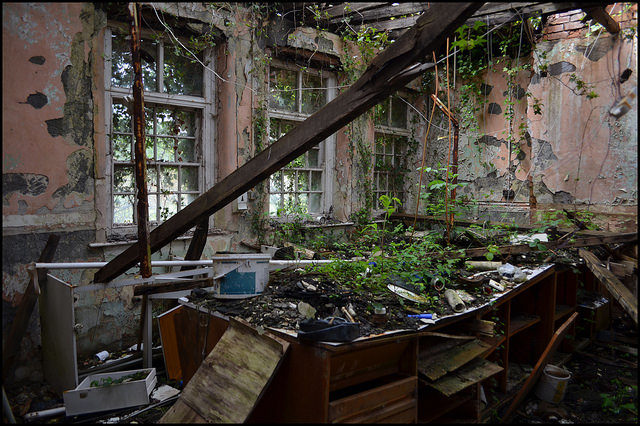Brecon and Radnor Joint Asylum was the old name of this abandoned psychiatric hospital located in the small market town of Talgarth in Wales. It was the product of the work of designers Giles, Trollope, and Gough.
It was built following the specifications of the so-called “Arrow plan.” Around $150,000 was spent on erecting this hospital, which is equivalent to $19,994,000 in 2017.
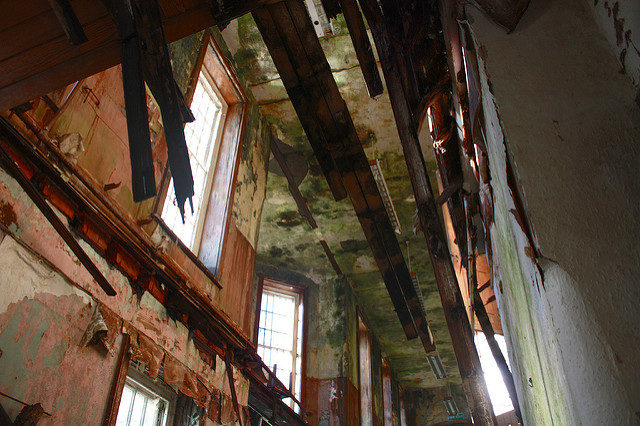
It opened its doors with a great fanfare and the blessing of Rt. Hon. Lord Glanusk on the 18th of March 1903. As it was done in those days, the asylum was pretty much self-sufficient. It was equipped with a private water well, as well as heating. It had top-quality sewerage systems and vast land for agriculture, which mean that it had its own food source.
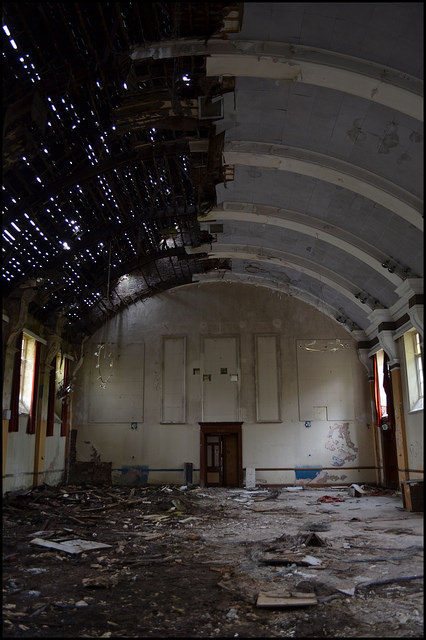
Also found on this campus are the residential wards plus a piece of land used for the recreation of the patients. Furthermore, there were a number of workshops where some of the patients spent a portion of their day learning various different practical crafts such as tailoring or shoemaker.
The hospital stands on a substantial piece of land. There are even 32,000 square meters of land that are used as a garden.
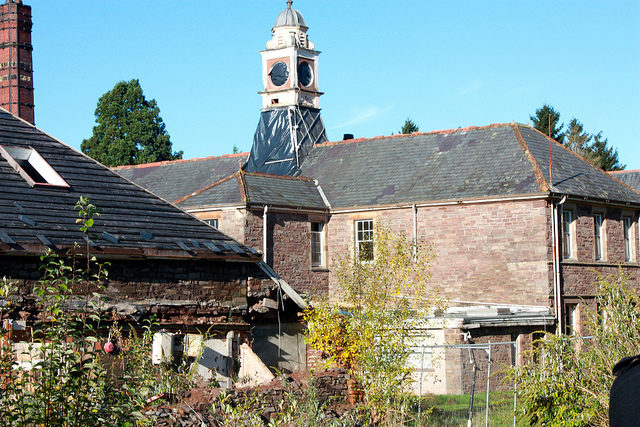
In its infancy, the asylum worked with patients from Radnorshire or Brecknockshire. After World War I, the hospital started to admit cases from Montgomeryshire.
Covering such a vast area meant that the asylum needed to be renamed, and it was subsequently renamed the Mid Wales Hospital. At the time of World War II, the hospital took over patients from Whitchurch Hospital, of which 48 were female and 67 were male, for Whitchurch was converted to a military hospital.
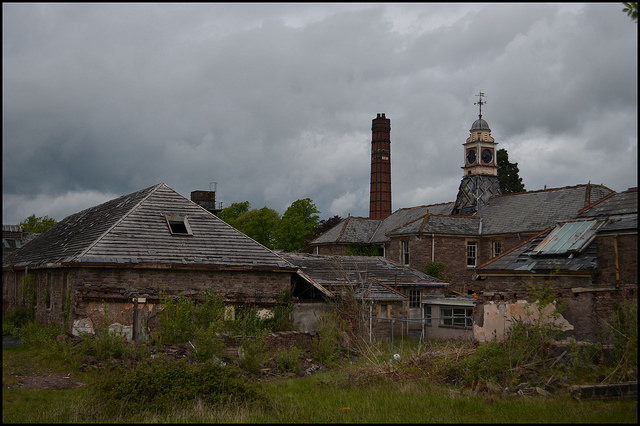
This wasn’t the only hospital to be used for war purposes. It was agreed in 1940 that a number of the hospitals would be converted to such a use.
The patients of these hospitals were transferred to other asylums. Once the war was over, the hospital was returned back to its former owners. Then, in 1948, the hospital was included in the UK’s National Health Service.
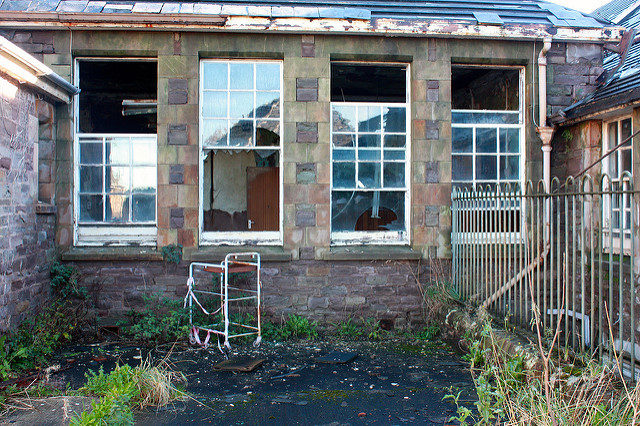
It was under the guidance of the NHS that the hospital received a complete modernization, which included the addition of art therapy and permitting contact between patients of different genders.
Besides the regular use as a hospital, part of the campus was used as a school for nurses named the “Mid and West Wales College of Nursing and Midwifery”.
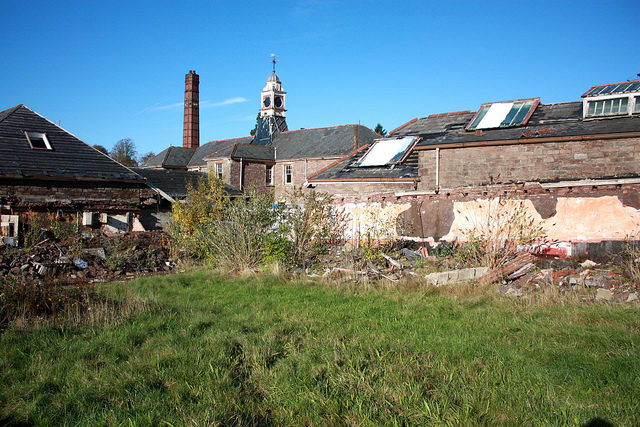
Additionally, there was the alcohol and drugs counseling done on campus. But that wasn’t all. Mid Wales Hospital was a huge complex. It included a number of treatments such as electroconvulsive therapy, reflexology, and podiatry, etc.
With time, the popular perception of asylums changed. So-called “domiciled care” became the dominant policy of deinstitutionalized treatment. This policy clearly states that mentally disabled people would be better off at home rather than in an institution.
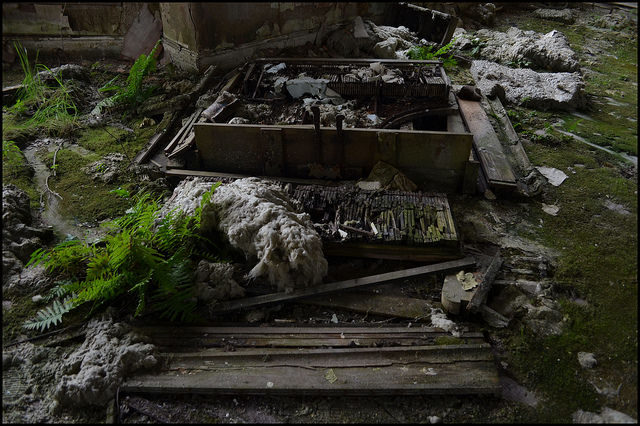
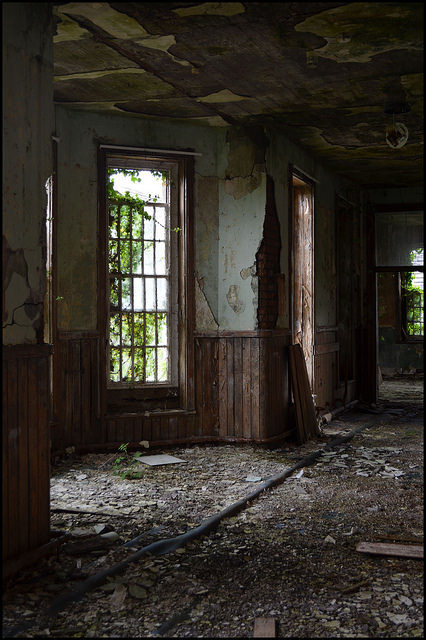
As a policy, it was against the long-term stay of the patients in such institutions. With fewer inmates the decline of the hospital was imminent. It started in 1990 and finished nine years later in 1999 when the hospital was closed.
Once its doors were firmly shut, the hospital and its estate were sold for just £227,000, only a portion of the millions it took to get it up and running.
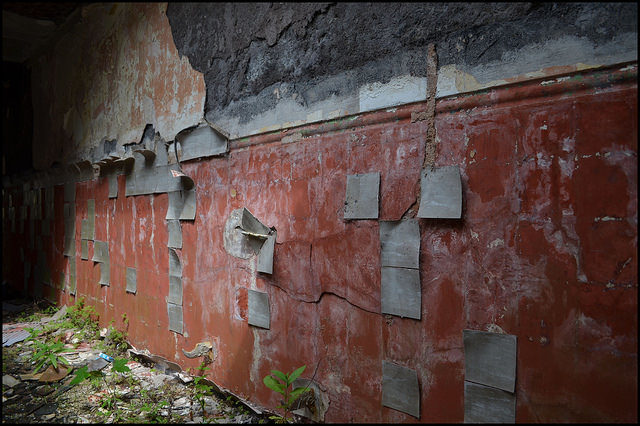
There were even plans to redevelop the hospital and turn it into an attractive business park. Some of the local organizations leaped at this opportunity, but the remote location caused difficulties and the companies soon left.
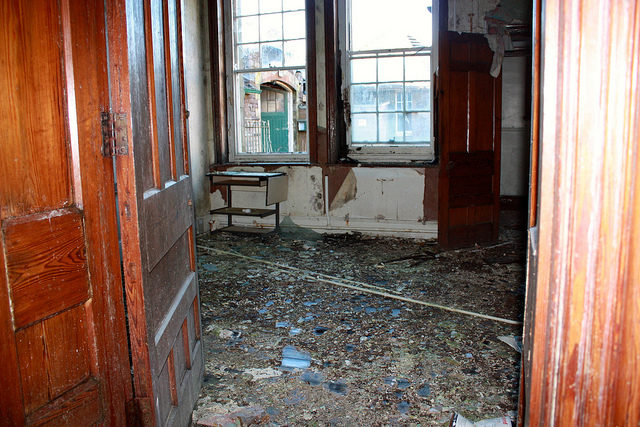
By 2009, the buildings were deteriorating and a lack of proper care has led to very poor conditions and the loss of portions of the roofs. Nowadays, the site remains abandoned and is a favorite visiting place for urban explorers.
